According to geological and mineral survey documents, many types of minerals have been discovered in the province, including: gold, precious stones (sapphire, garnet, opal, etc.), crystalline quartz, lead - zinc, iron laterite, feldspar, limestone, marble, paving stones, peat, construction stone, clay, construction sand, etc. Specifically, feldspar was discovered in Ea Kar and Ea H'leo districts (in the form of mineralized points). Stone used as common construction materials is distributed in most of the 15 districts, towns and cities of the province. Construction sand is concentrated in the rivers of Krong No, Krong Na, Krong Pac, Ea H'leo, and Krong Bong. Clay for brick and tile production is abundant in the districts of Krong Ana, Krong Pac, Ea Kar, Cu Kuin, Lak, and Krong Bong. Peat is found in the districts of Cu M'gar, Krong Ana, Krong Pac, Krong Buk, Krong Nang and scattered in some other districts. In addition, lead is found in Ea Nam commune (Ea H'leo district), quartz in Ea Trul commune (Krong Bong district). Paving stones are distributed in many places in the province such as Ea H'leo, Ea Kar, Lak, Krong Bong, M'Drak, Buon Don districts. Laterite iron is concentrated in the districts of Cu M'gar, Ea H'leo, Ea Kar, Krong Buk, Krong Nang, Buon Ho town, with quite large reserves, currently demarcated and announced as a national mineral reserve area. In addition, gold was discovered in Ea Kar, M'Drak, Ea H'leo, and Krong Nang districts on a small scale, mainly in the form of placer deposits, which have not been investigated and evaluated in detail.
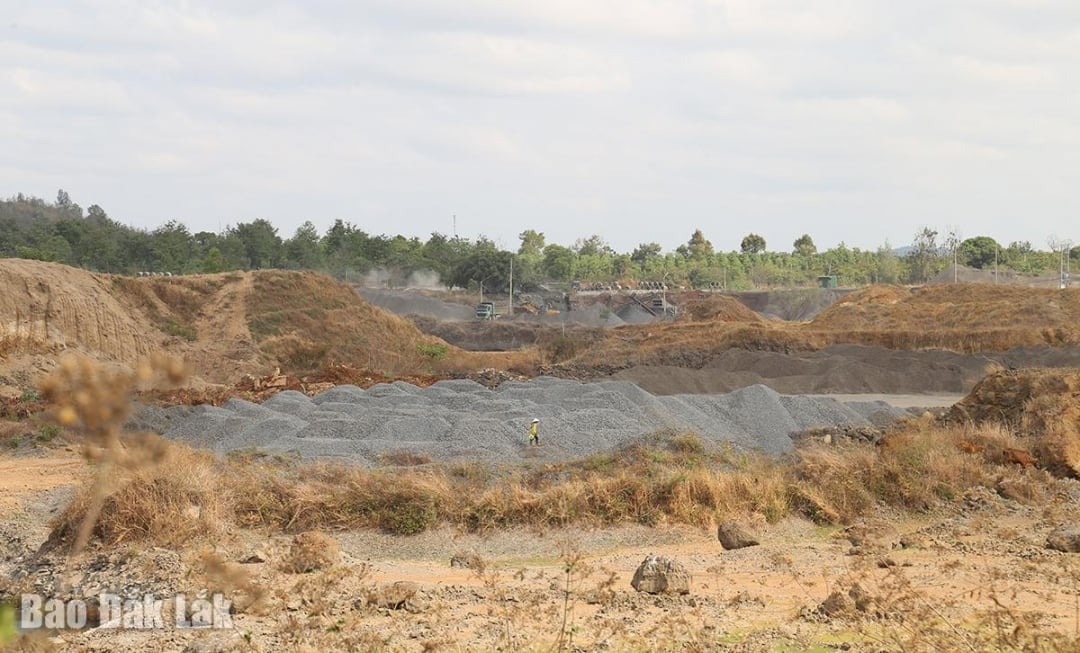 |
| Mineral exploitation area of a business in Hoa Phu commune (Buon Ma Thuot city). |
With abundant mineral resources, Dak Lak has an advantage in developing the mining industry, serving socio -economic development. In the period of 2020 - 2024, the Provincial People's Committee has granted 16 mineral exploration licenses to organizations and enterprises; granted, extended, and adjusted 37 mineral exploitation licenses (KTKS). In addition, the Provincial People's Committee also allows KTKS to accompany the topsoil as filling material for 19 quarry areas. Currently, the province has 70 KTKS operating licenses in effect, including 47 licenses for stone mining for common construction materials, 22 licenses for sand mining for common construction materials, and 1 license for clay mining for brick and tile production.
"Mineral exploitation activities are mainly in remote areas, the information infrastructure is not compatible, so management and supervision are very difficult, leading to a situation of coping, avoiding weighing stations, avoiding cameras" - Deputy Director of the Department of Agriculture and Environment |
The main minerals are sand, stone used as common construction materials, clay for brick production, paving stones and soil for leveling construction sites. The licensed mines are all small and medium-sized, with an area of exploitation ranging from 1.7 ha to 51 ha; the largest capacity is 180,000 m3/year; the area with the largest licensed reserve is 2.4 million m3, the smallest is 100,000 m3 of raw minerals.
According to Mr. Hoang Van San, Deputy Director of the Department of Agriculture and Environment, all KTKS sites have approved environmental impact assessment reports and environmental restoration plans, but the amount of environmental protection deposit is small, while the life cycle of the project is usually 5-30 years, so the implementation is ineffective. In addition, the situation of illegal KTKS is complicated, especially in border areas. However, there is currently only a coordination regulation between Dak Lak province and Lam Dong and Dak Nong, but not at the commune level, so detecting and handling this problem is difficult. For clay mining activities to produce bricks and tiles, because there is no completely alternative material, it is necessary to continue using fired clay bricks. Up to now, the planning of Krong Ana and Krong Pac mine sites has been integrated into the provincial planning but is not complete.
Meanwhile, the Department of Construction said that the production of handmade materials at handmade brick kilns, sand mining facilities, and construction stone mining and processing facilities has a negative impact on the ecological environment; the low level of mechanization has caused a waste of resources. In addition, mineral transportation activities with large trucks are the cause of damage to traffic infrastructure, causing public outrage about the risk of traffic safety.
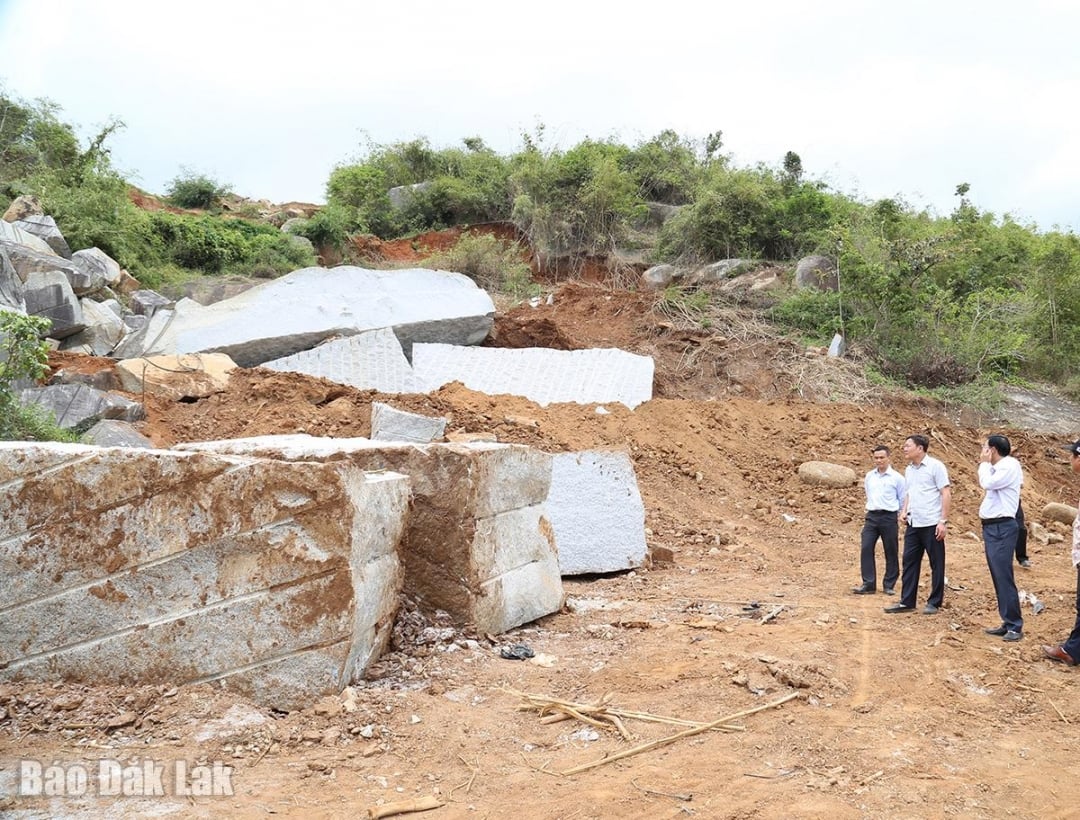 |
| Thematic supervision delegation of the Provincial People's Council visited a stone mining site in Hoa Phong commune (Krong Bong district). |
Through the supervision of the Provincial People's Council on the compliance with the law in the management and use of mineral resources in the province in March 2025, it was also shown that the coordination between functional agencies and local authorities in the management of mineral activities is not tight, there are still many shortcomings leading to the situation of illegal exploitation, transportation, and gathering of minerals, and exploitation outside the licensed area but not being detected in time. The management of output is currently mainly based on reports of mining enterprises to calculate taxes without accurately reflecting the volume of exploitation and assessing actual reserves. This creates loopholes for enterprises to cheat on output to evade taxes, causing loss of mineral resources. In addition, the organization of auctions for 48 areas for auctioning the right to use mineral resources has been implemented since 2022, but has not been implemented yet, leading to many difficulties in the supply of construction materials and filling materials in the districts.
Regarding the compliance of enterprises operating KTKS, there are units that exploit beyond the permitted capacity, exploit and use accompanying minerals (filling soil) without permission from the competent authority; some units do not submit periodic reports on KTKS activities, do not collect statistics through weighing stations, have not installed weighing stations or installed them in a perfunctory manner without using them. During the operation, there are units that affect the environment, especially sand mining activities that have caused landslides on both sides of the river, causing public outrage, encroaching on the flow, and negatively affecting the environment; clay mining activities do not follow the process and regulations, leaving fields with uneven heights, low-lying terrain, causing flooding, and making it impossible to cultivate. Not to mention, the situation of vehicles carrying materials and minerals circulating on the road with high density causes damage to the road but cannot mobilize enterprises to participate in repairing and overcoming.
Minh Chi
Source: https://baodaklak.vn/kinh-te/202505/kho-quan-ly-46017b8/


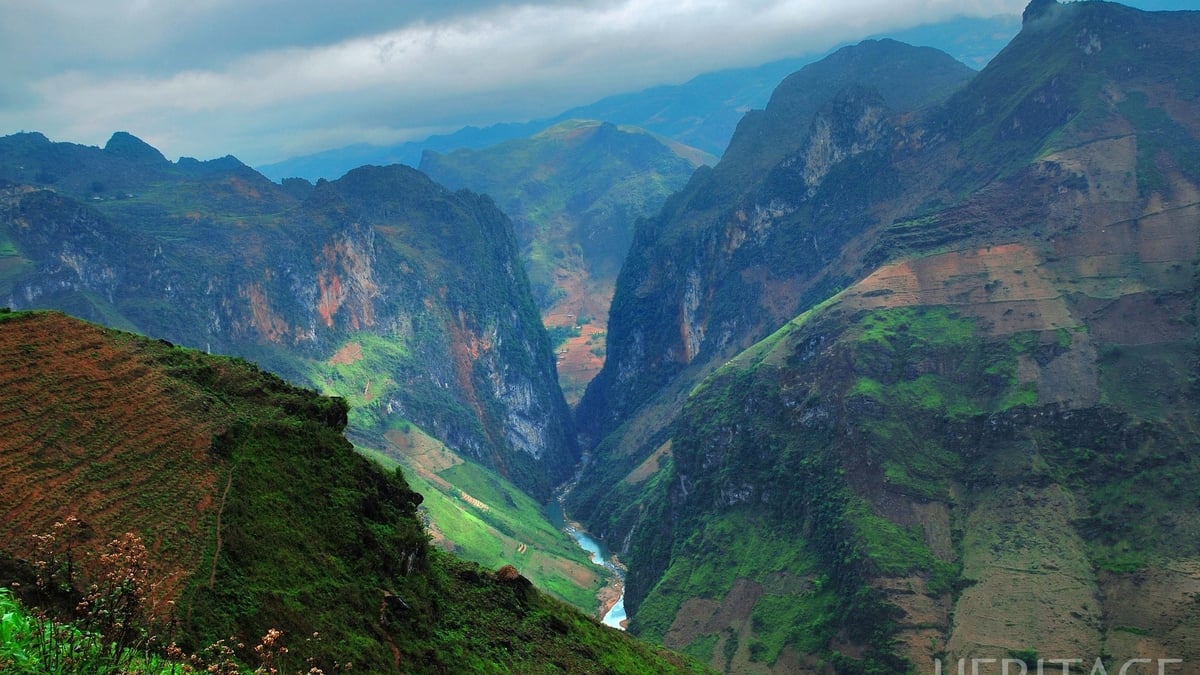
![[Photo] Prime Minister Pham Minh Chinh receives the President of Asia-Pacific region of PowerChina Group](https://vphoto.vietnam.vn/thumb/1200x675/vietnam/resource/IMAGE/2025/5/21/0f4f3c2f997b4fdaa44b60aaac103d91)
![[Photo] Coming to Son La, let's "show off" with the Wallflowers](https://vphoto.vietnam.vn/thumb/1200x675/vietnam/resource/IMAGE/2025/5/21/627a654c41fc4e1a95f3e1c353d0426d)
![[Photo] Scientific workshop "Building a socialist model associated with socialist people in Hai Phong city in the period of 2025-2030 and the following years"](https://vphoto.vietnam.vn/thumb/1200x675/vietnam/resource/IMAGE/2025/5/21/5098e06c813243b1bf5670f9dc20ad0a)

![[Photo] Prime Minister Pham Minh Chinh receives Rabbi Yoav Ben Tzur, Israeli Minister of Labor](https://vphoto.vietnam.vn/thumb/1200x675/vietnam/resource/IMAGE/2025/5/21/511bf6664512413ca5a275cbf3fb2f65)
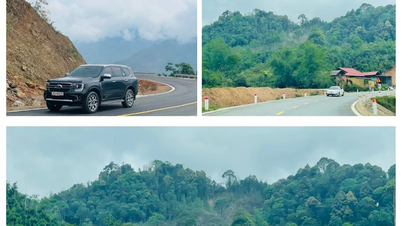

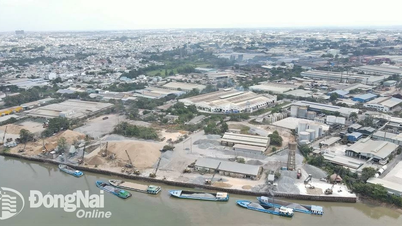



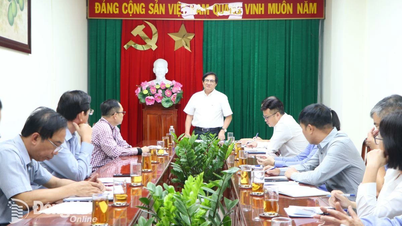
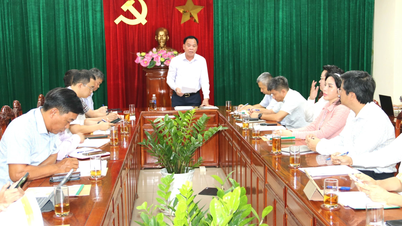
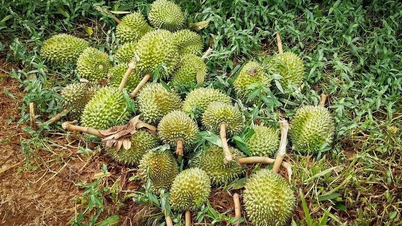





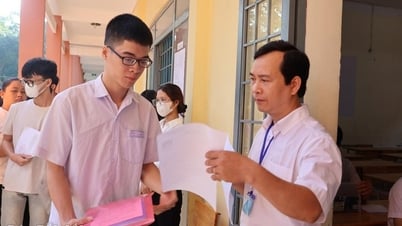
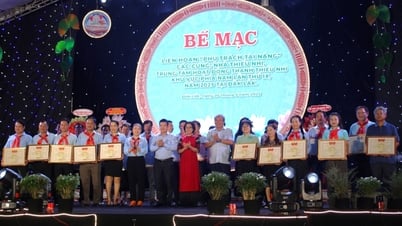
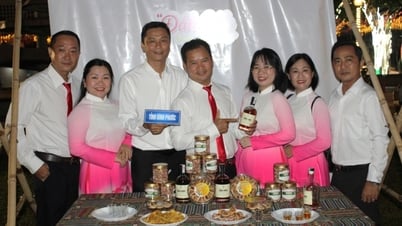
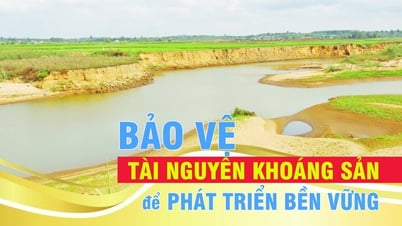

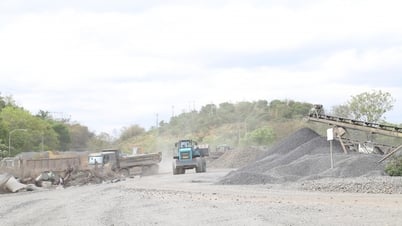
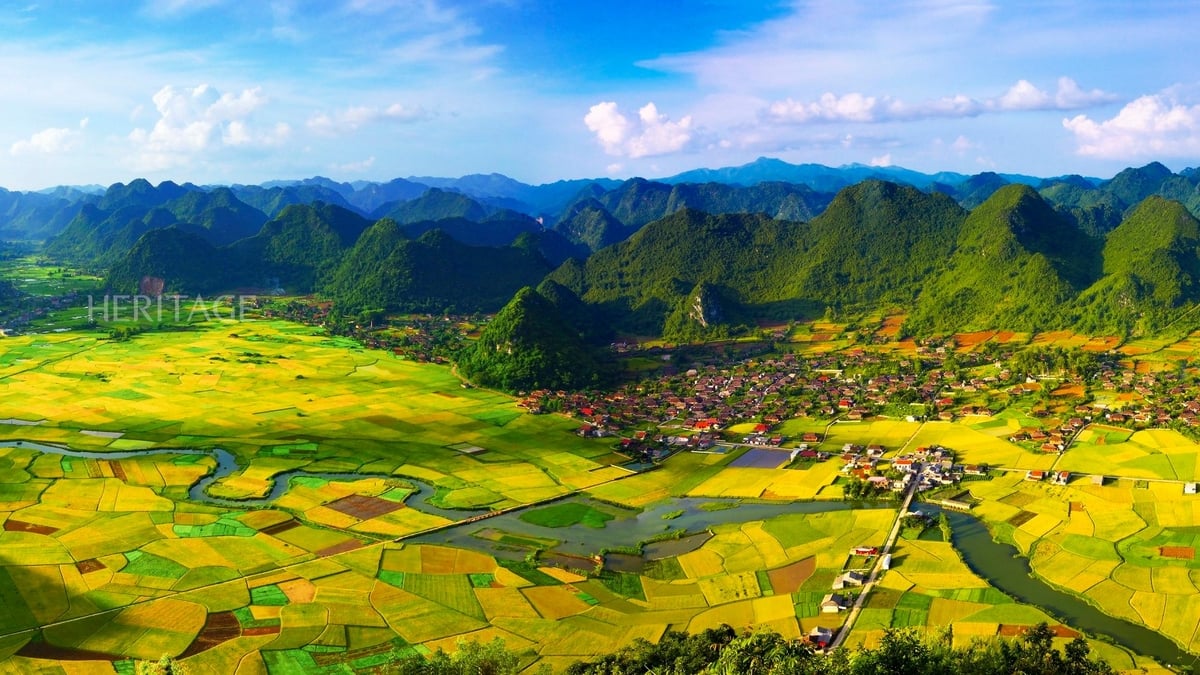

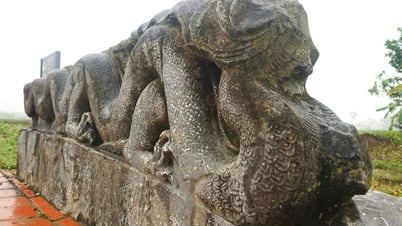

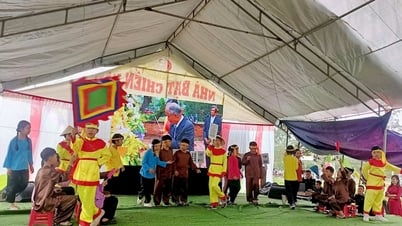



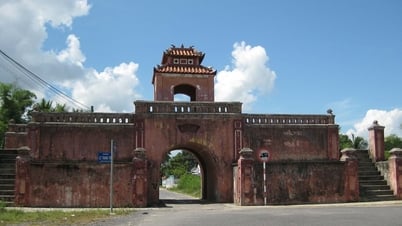


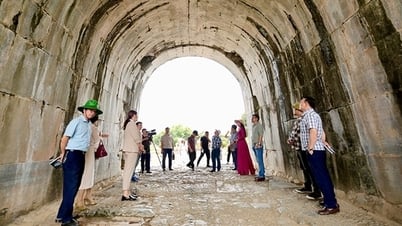



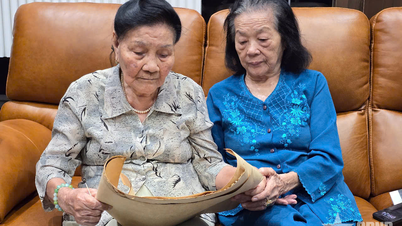







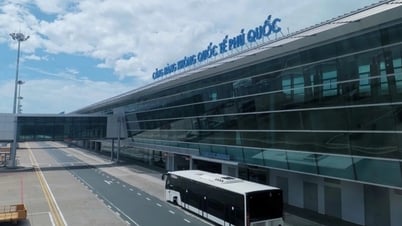

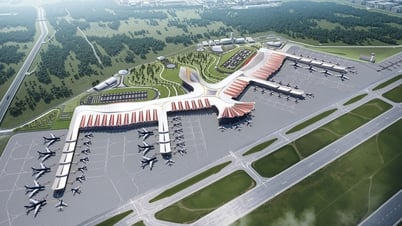






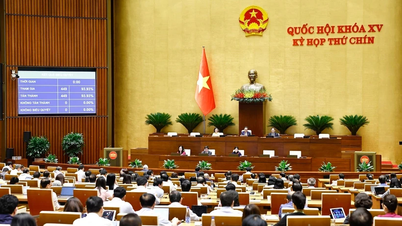





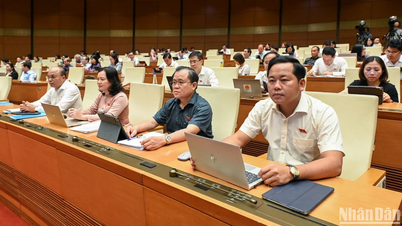



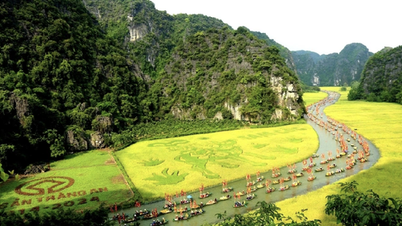
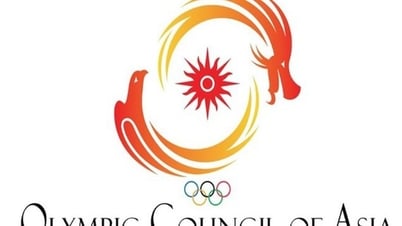


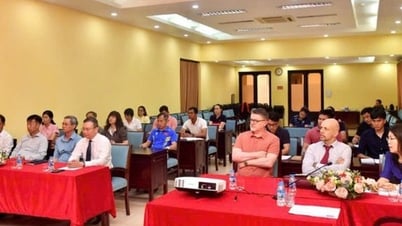
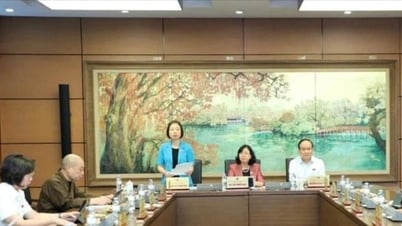

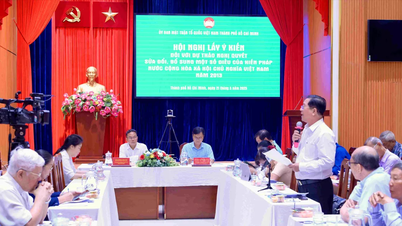

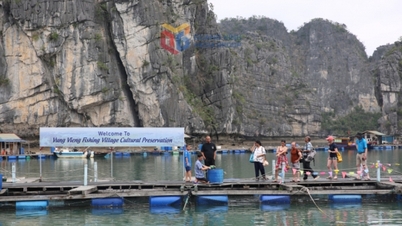









Comment (0)